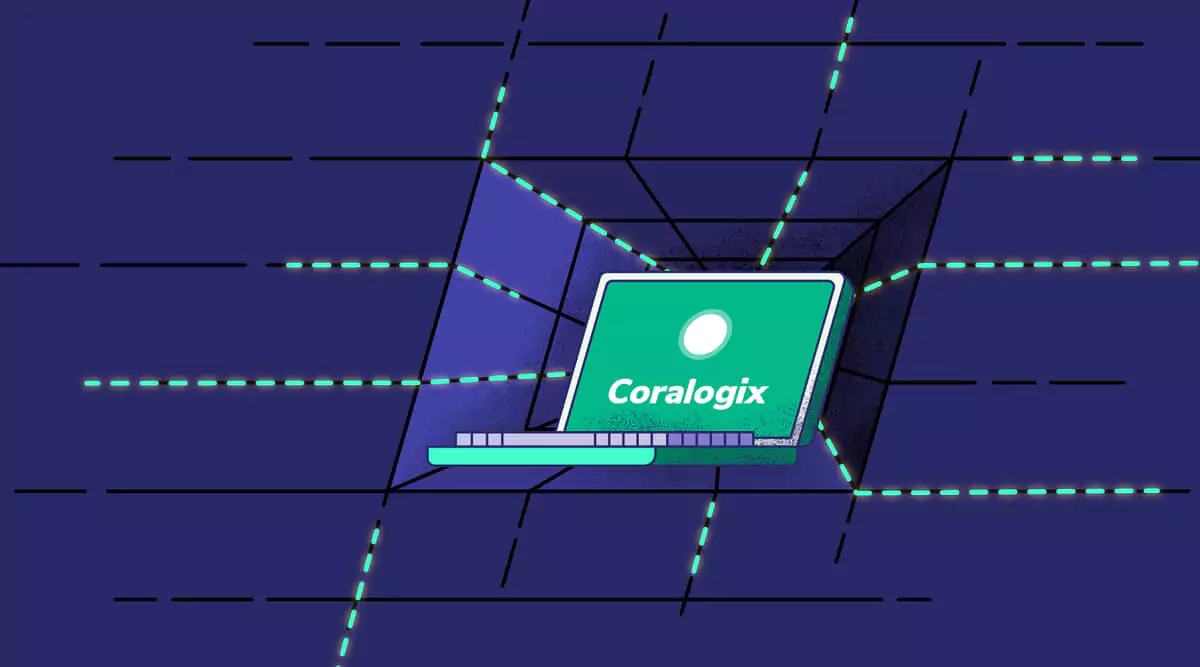Coralogix Provides Highly Scalable Traces For Your Success

While more observability vendors are providing tracing ingestion and visualization as part of their core service, only Coralogix, the leading in-stream observability platform, supports a set of data optimization features that drive down cost, maximize insights and create a scalable tracing strategy unlike others.
Cost, performance and usability
Traces are designed to track details about every single interaction between all services in a system. Even at a small scale, there is an explosion in data volumes that directly impacts three crucial features of any observability solution:
- Performance: Huge data volumes slow down query performance and negatively impact the developer experience. Performance is most acutely felt in the middle of an outage.
- Cost: Processing huge volumes of data requires a lot of computing power, which translates into significant cost.
- Usability: Although a system might be performing well, holding huge volumes of data can make it difficult to focus on the necessary details.
As data volumes outpace budgets, cost, performance and usability have become widespread issues within the industry. And most vendors are not providing cost optimization tools because their business model is predicated on wasteful data usage. At Coralogix, thanks to our Streama© architecture we can actively encourage our users to optimize cost at every opportunity.
TCO for Traces: How to retain tracing data

With Coralogix, traces can now be routed and assigned to three different use cases to enable fine-grained control over how that data is processed, and drive significant ingestion and retention discounts for data:
- High Priority: Data that must be indexed and queried regularly has access to every feature in the platform.
- Medium Priority (75% cost savings): Data that drives dashboards, in-stream alerting, machine learning models and more.
- Low Priority (90% cost savings): Data that is retained for regulatory or historical analysis purposes. This data is archived in an S3 bucket hosted in the customer’s account.
Unparalleled cost optimization for traces
Previously, customers were required to index all of their traces. Now, they can decide which traces will and won’t be indexed. In addition, every feature is still accessible without indexing and users will not need to exchange valuable insights for cost.
Using Coralogix TCO Optimizer, users can rapidly scale their tracing strategy, by retaining the traces they absolutely need. For the other traces, these can be converted into metrics using the Events2Metrics feature, enabling long-term retention, instant access and flexible analysis. Finally, traces can be archived, reindexed or directly queried, even without indexing. These options enable Coralogix users to greatly increase their dataset of tracing data, without incurring significant costs.
Historical tracing is now a reality
Coralogix now supports an often overlooked use case: historical tracing. Customers can retain detailed information about their service-to-service interactions in their S3 bucket, for as long as they like, without suffering under the performance, cost and usability penalties of the past. Historical tracing, coupled with Coralogix Remote Query, means that data is not only retained, but instantly accessible, without the need to reindex.
The Coralogix Archive, for both logs and traces, is not simply a storage container for unindexed data, but an active, working part of the customer’s dataset, driving informed decisions and producing insights well after data is ingested. Your tracing platform should be scalable and cost efficient, with native integrations into your favorite open source tools.


